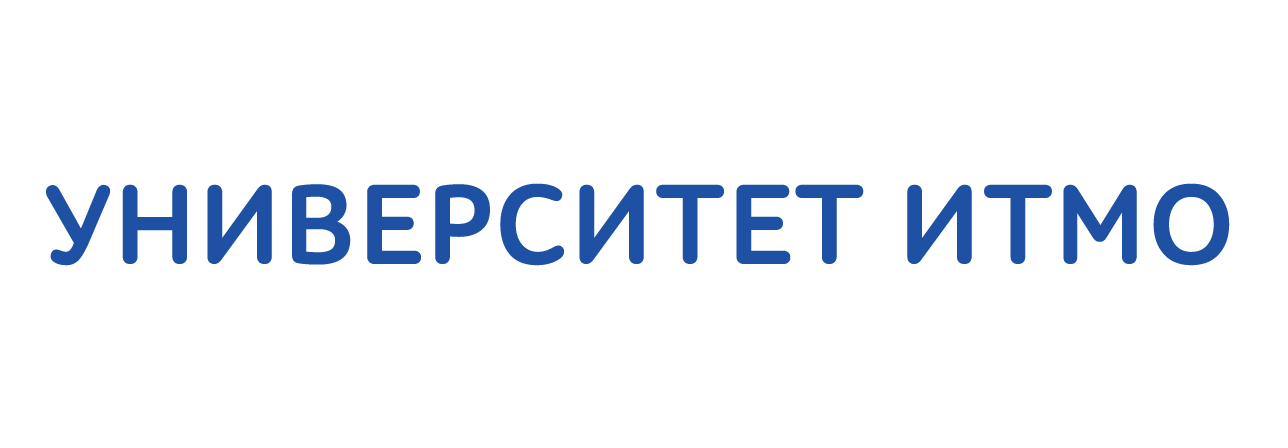Ключевые слова: анализ тональности текста, двуязычные векторные представления слов, рекуррентные нейронные сети, глубокое обучение, казахский язык
Благодарности. Работа выполнена при финансовой поддержке Российского научного фонда (проект 15-11-10019 «Разработка моделей и методов text mining, семантической обработки текстов в задачах анализа потребностей, предпочтений и поведения потребителей». Авторы выражают благодарность команде Everware за доступ к платформе (https://github.com/orgs/everware), а также Ералану Сейтказинову, Зарине Садыковой и Альфии Ситдиковой за создание корпуса казахских текстов с разметкой.
Список литературы
1. Jansen B.J., Zhang M., Sobel K., Chowdury A. Twitter power: tweets as electronic word of mouth // Journal of the American Society for Information Science and Technology. 2009.V. 60. N 11. P. 2169–2188.doi:
10.1002/asi.21149
2. Chew C., Eysenbach G. Pandemics in the age of twitter: content analysis of tweets during the 2009 H1N1 outbreak // PloS One. 2010. V. 5. N 11. Art. e14118. doi:
10.1371/journal.pone.0014118
3. Paul M.J., Dredze M. You are what you tweet: analyzing twitter for public health // ICWSM. 2011. V. 20. P. 265–272.
4. Bengio Y., Schwenk H., Senecal J.-S., Morin F., Gauvain J.-L. Neural probabilistic language models // Innovations in Machine Learning. 2006. V. 194. P. 137–186. doi:
10.1007/3-540-33486-6_6
5. Collobert R., Weston J. A unified architecture for natural language processing: deep neural networks with multitask learning // Proc. 25
th Int. Conf. on Machine Learning.2008. P. 160–167. doi:
10.1145/1390156.1390177
6. Mikolov T., Chen K., Corrado G., Dean J. Efficient estimation of word representations in vector space // Proceedings of Workshop at ICLR, 2013.
7. Pennington J., Socher R., Manning C.D. Glove: global vectors for word representation // Proc. Conf. on Empirical Methods in Natural Language Processing (EMNLP), 2014. V. 14. P. 1532–1543. doi:
10.3115/v1/d14-1162
8. Zou W.Y., Socher R., Cer D.M., Manning C.D. Bilingual word embeddings for phrase-based machine translation // EMNLP, 2013. P. 1393–1398.
9. Manning C.D., Raghavan P., Schütze H. et al. Introduction to Information Retrieval. Cambridge University Press, 2008. V. 1. N 1.
10. dos Santos C.N., Gatti M. Deep convolutional neural networks for sentiment analysis of short texts // Proc. 25th Int. Conf. on Computational Linguistics. Dublin, Ireland, 2014. P. 69–78.
11. Vulic I., Moens M.-F. Bilingual word embeddings from non- parallel document-aligned data applied to bilingual lexicon induction // Proc. 53
rd Annual Meeting of the Association for Computational Linguistics (ACL 2015). 2015. doi:
10.3115/v1/p15-2118
12. Lu A., Wang W., Bansal M., Gimpel K., Livescu K. Deep multilingual correlation for improved word embeddings // Proc. Annual Conference of the North American Chapter of the ACL (NAACL). Denver, Colorado, 2015. P. 250–256. doi:
10.3115/v1/n15-1028
13. Mohammad S.M., Kiritchenko S., Zhu X. Nrc-canada: Building the state-of-the-art in sentiment analysis of tweets // arXiv preprint. 2013. arXiv:1308.6242.
14. Mikolov T., Le Q.V., Sutskever I. Exploiting similarities among languages for machine translation // arXiv preprint. 2013. arXiv:1309.4168.
15. Hochreiter S., Schmidhuber J. Long short-term memory // Neural Computation. 1997. V. 9. N 8. P. 1735–1780. doi:
10.1162/neco.1997.9.8.1735
16. Graves A. Supervised Sequence Labelling with Recurrent Neural Networks. Springer, 2012. 146 p. doi:
10.1007/978-3-642-24797-2
17. Olah C. Understanding LSTM networks. 2015. Available at: http://colah.github.io/posts/2015-08-Understanding-LSTMs (accessed: 30.11.16).
18. Cho K., van Merriënboer B., Bahdanau D., Bengio Y. On the properties of neural machine translation: encoder-decoder approaches // Proc. Workshop on Syntax Semantics and Structure in Statistical Translation. 2014.
19. Tieleman T., Hinton G. Lecture 6.5-rmsprop: Divide the gradient by a running average of its recent magnitude // COURSERA: Neural Networks for Machine Learning. 2012. V. 4. P. 2.
20. Dauphin Y.N., de Vries H., Chung J., Bengio Y. Rmsprop and equilibrated adaptive learning rates for non-convex optimization // arXiv preprint. 2015. arXiv:1502.04390.
21. Srivastava N., Hinton G., Krizhevsky A., Sutskever I., Salakhutdinov R. Dropout: A simple way to prevent neural networks from overfittng // The Journal of Machine Learning Research. 2014. V. 15. N 1. P. 1929–1958.
22. Go A., Bhayani R., Huang L. Twitter sentiment classification using distant supervision // Technical ReportCS224N. Stanford, 2009. V. 1. P. 12.
23. Rubtsova Y.V., Zagorulko Y.A. An approach to construction and analysis of a corpus of short Russian texts intended to train a sentiment classifier // The Bulletin of NCC. 2014. V. 37. P. 107–116.
24. Google. Tool for computing continuous distributed representations of words. Available at: https://code.google.com/p/word2vec (accessed: 30.11.16).
25. Makhambetov O., Makazhanov A., Yessenbayev Z., Matkarimov B., Sabyrgaliyev I., Sharafudinov A. Assembling the kazakh language corpus // Proc. Conference on Empirical Methods in Natural Language Processing. Seattle, Washington, 2013. P. 1022–1031.
26. Van der Maaten L., Hinton G. Visualizing data using t-sne // Journal of Machine Learning Research. 2008. V. 9. P. 2579–2605.
27. Chollet F. Keras: Theano-based deep learning library. 2015. Available at: https://github.com/fchollet (accessed: 30.11.16).
28. Bergstra J., Breuleux O., Bastien F., Lamblin P., Pascanu R., Desjardins G., Turian J., Warde-Farley D., Bengio Y. Theano: a cpu and gpu math expression compiler // Proc. Python for Scientific Computing Conference (SciPy). Austin, 2010.
V. 4. P. 3.
29. Machine Learning in Python. Available: http://scikit-learn.org (accessed: 30.11.16).
Chollet F. Keras: Deep learning library for Theano and tensor ow. Available: http://keras.io (accessed: 30.11.16).

















